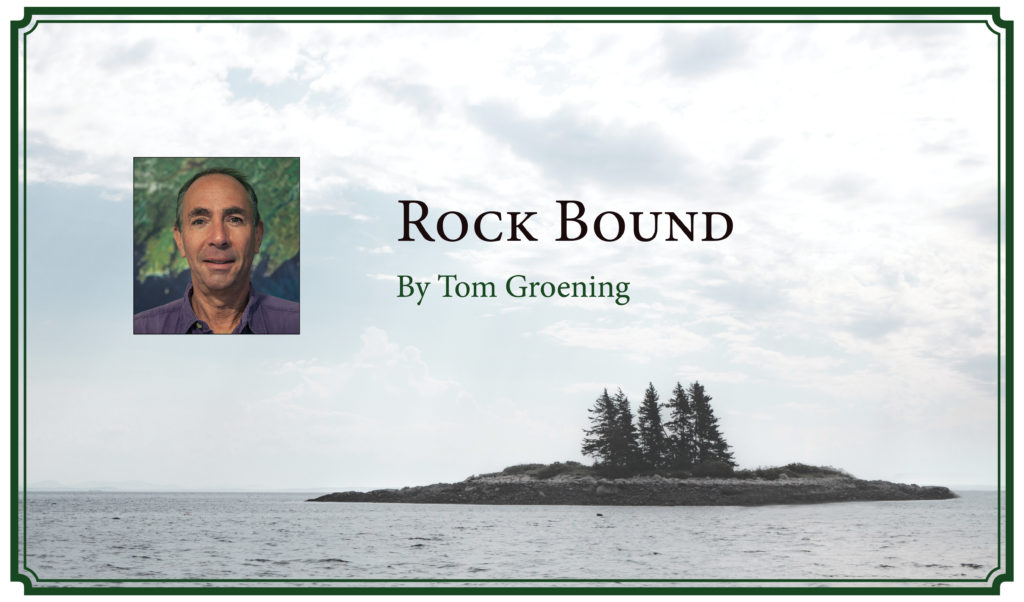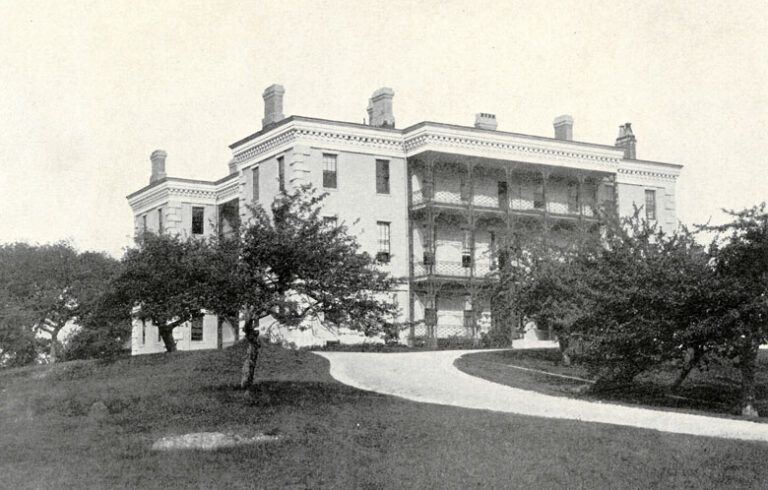It’s not the sexiest topic, but transportation policy impact radiates out through many arenas, including economic development, land use planning, population movement, and environmental protection.
For part of my tenure at the Bangor Daily News, I covered the legislature’s transportation committee. It was refreshing to hear debates break along lines unrelated to party affiliation. Sometimes, it was a rural vs. urban dynamic, but just as often, the arguments turned on common sense.
Transportation has been at the heart of some big fights in Maine.
The state Department of Transportation had worked to site a cargo port on Searsport’s Sears Island since the 1980s, ultimately accepting a compromise that protected two-thirds of the island from development.
Proposals for U.S. Route 1 bypasses, one in the Camden area in the late 1980s and another in Wiscasset in the early 2000s, each generated plenty of heat at the community level. And even today, some in Camden are resisting a DOT widening of the road north of the village, and Wiscasset is in court over a state plan to alleviate congestion there.
If you drive on Route 3 to Augusta, you’ll travel a stretch of highway that passes north of the capital to link with I-95. Planning advocates say better policies addressing the commercial sprawl around the city would have made this multi-million-dollar project unnecessary.
The proposed widening of the Maine Turnpike in Southern Maine was defeated by referendum in the early 1990s, and with it, came the creation of regional citizen advisory boards which allowed for comment on DOT projects, even repairs to those 30-foot-long bridges on rural roads you barely notice as you pass over.
These days, I cover the quarterly meetings of another transportation advisory board, this one commenting on Maine State Ferry Service policy. Islands served by the ferries are represented.
There’s been a fair amount of conflict between ferry managers and islanders in recent years. The most recent has come with rate increases that hit Islesboro especially hard. DOT correctly asserts that statute calls for funding the service with equal parts highway fund, and fees and fares, and in recent years, the fees and fares have not generated enough revenue.
Then, this month, late boats to and from Vinalhaven were eliminated for the winter, and drivers will no longer be able to run their engines when the ferry is underway. These sorts of decisions impact people in profound ways—a physical therapist working on the island will have to wrap-up her day sooner, and a man who commutes to the mainland for work will lose some hours. And in winter, windshields will ice up and need scraping before drivers exit the boat.
Given post-recession fiscal realities, I wonder if any new roads will be built in Maine. Will scarce transportation funds be focused on the coast and in Southern Maine, where population and jobs proliferate?
And our expectations about roads have changed. Twenty years ago, I covered the annual town meeting in Monroe, a small rural town halfway between Belfast and Bangor, and someone spoke, noting that 20 years before that, locals would expect to stay at home after a 15-inch snow storm. These days, he said, someone who worked in Bangor expected to be on their way on clear roads at 6:30 a.m.
The working waterfront certainly is tied to transportation policy. On Nov. 6, voters approved $106 million bonds for work on ports, piers, harbors, and marine transportation, and for improvements to Maine Maritime Academy’s pier in Castine.
Transportation policy deserves our attention, and we will continue to cover it and try to explain its implications.
Tom Groening is editor ofThe Working Waterfront.





